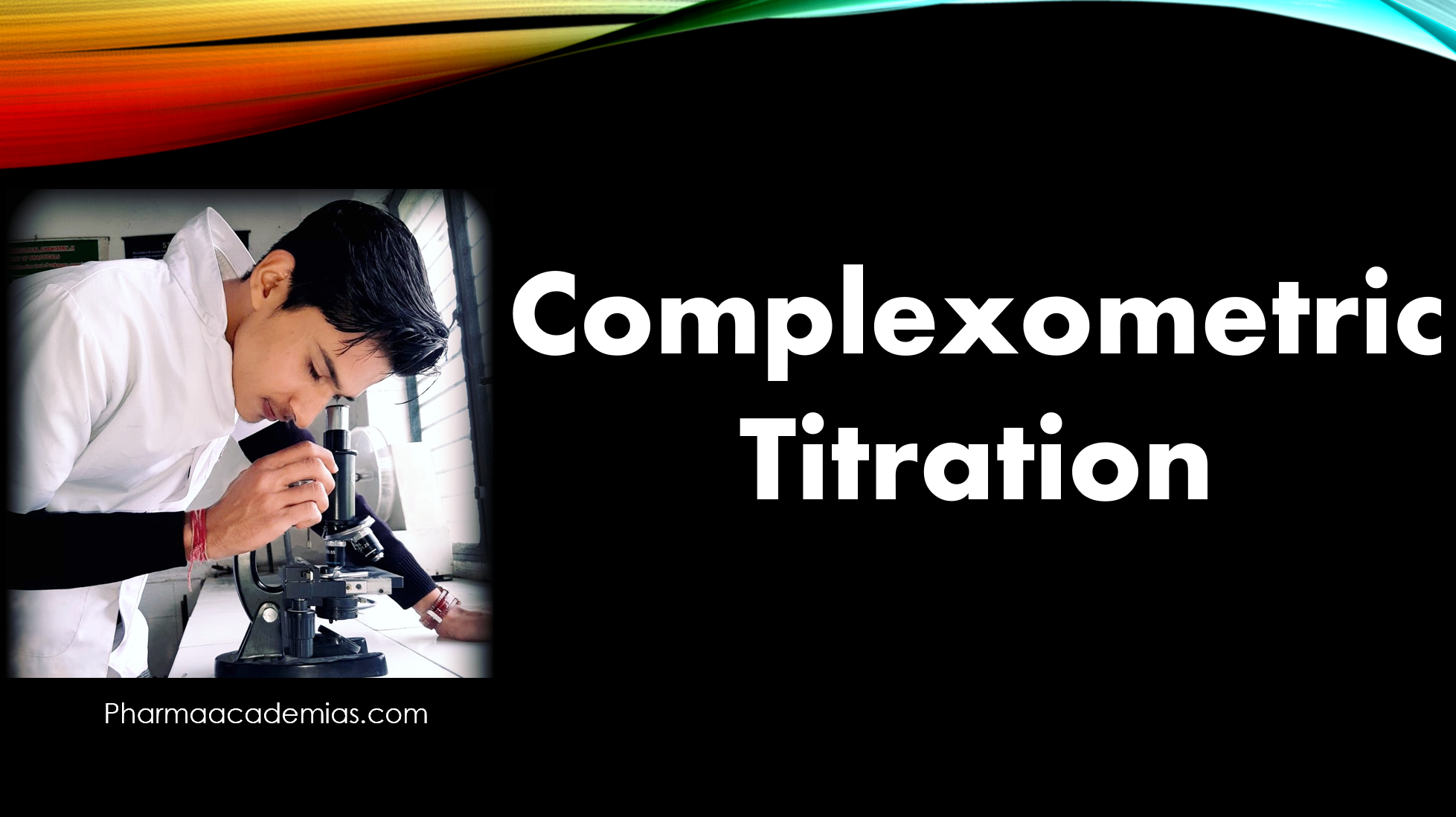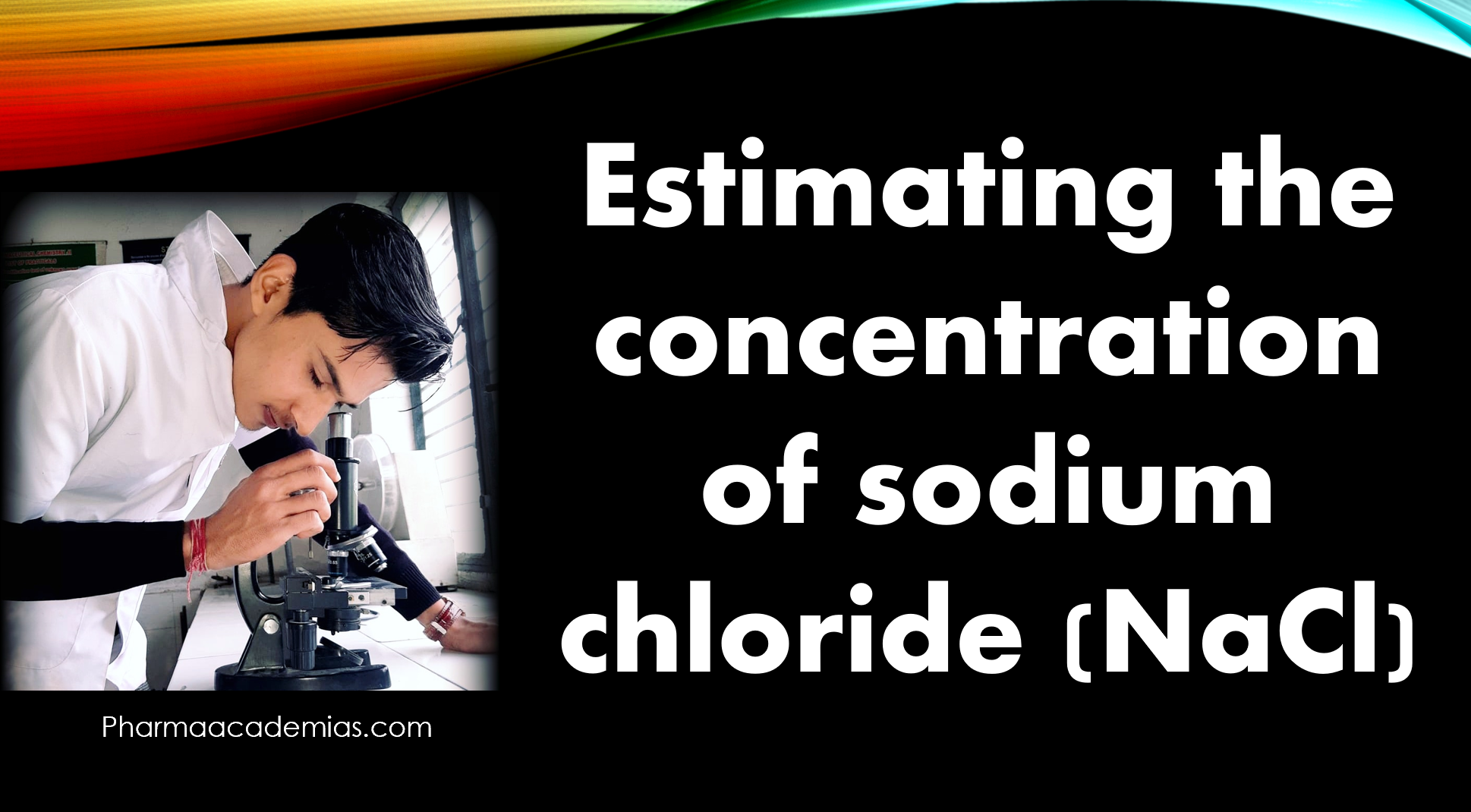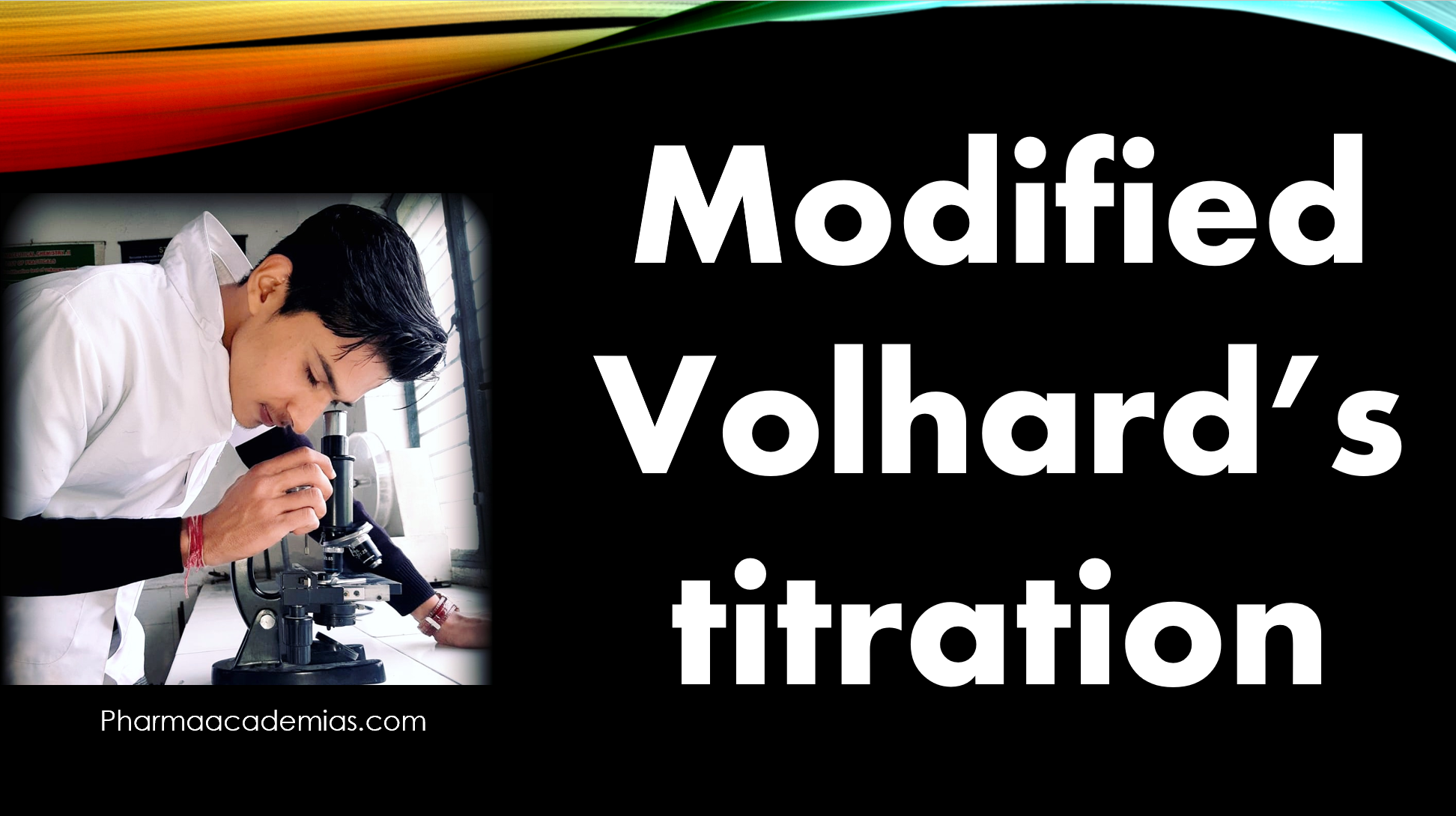Gravimetry
Gravimetry is a quantitative analytical technique in chemistry for determining the concentration or quantity of a specific substance in a sample by measuring either the mass of a precipitate or the change in mass of a sample before and after a chemical reaction. This method is based on the principle that the mass of a … Read more










